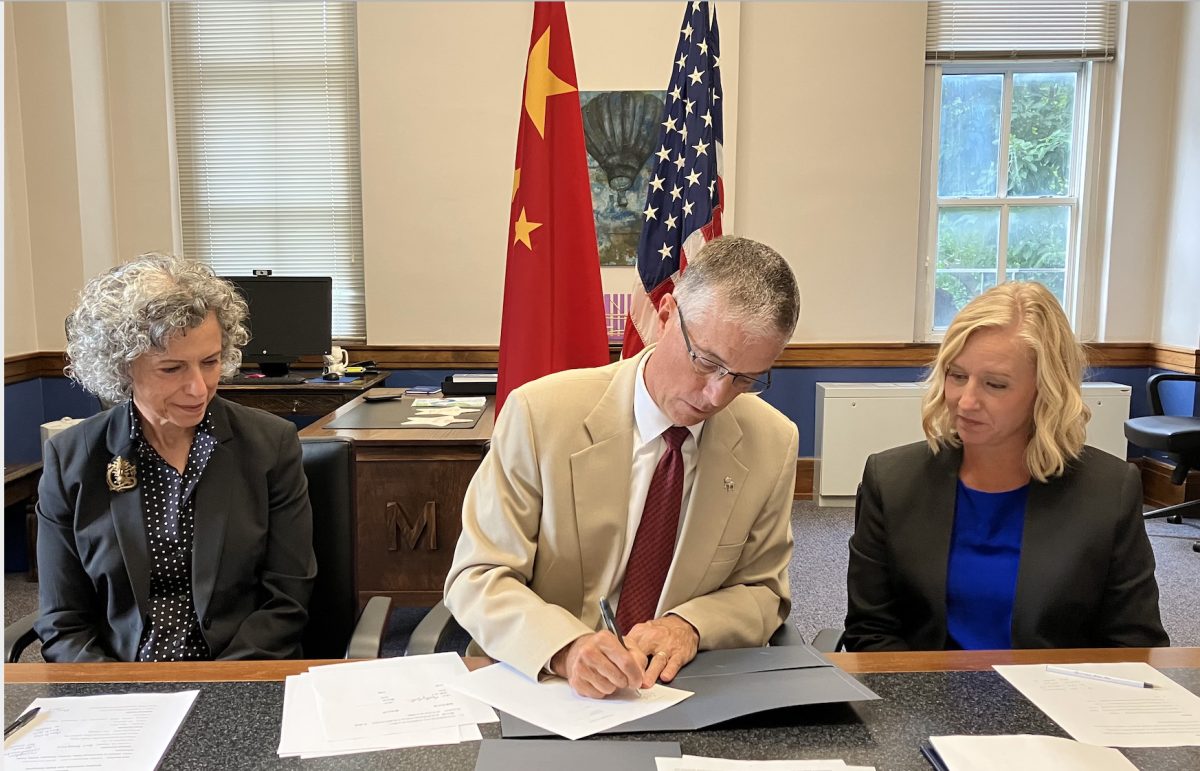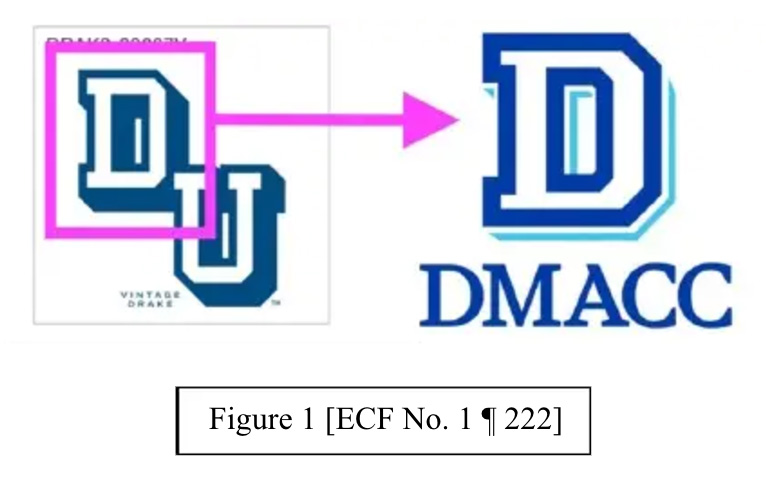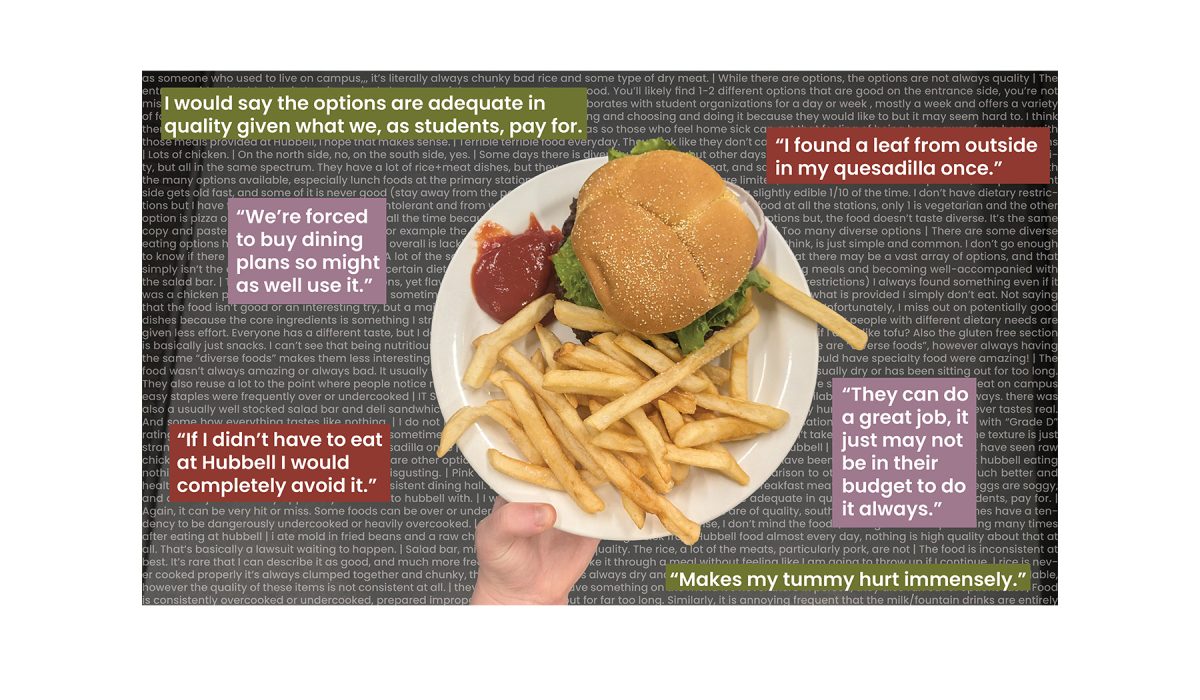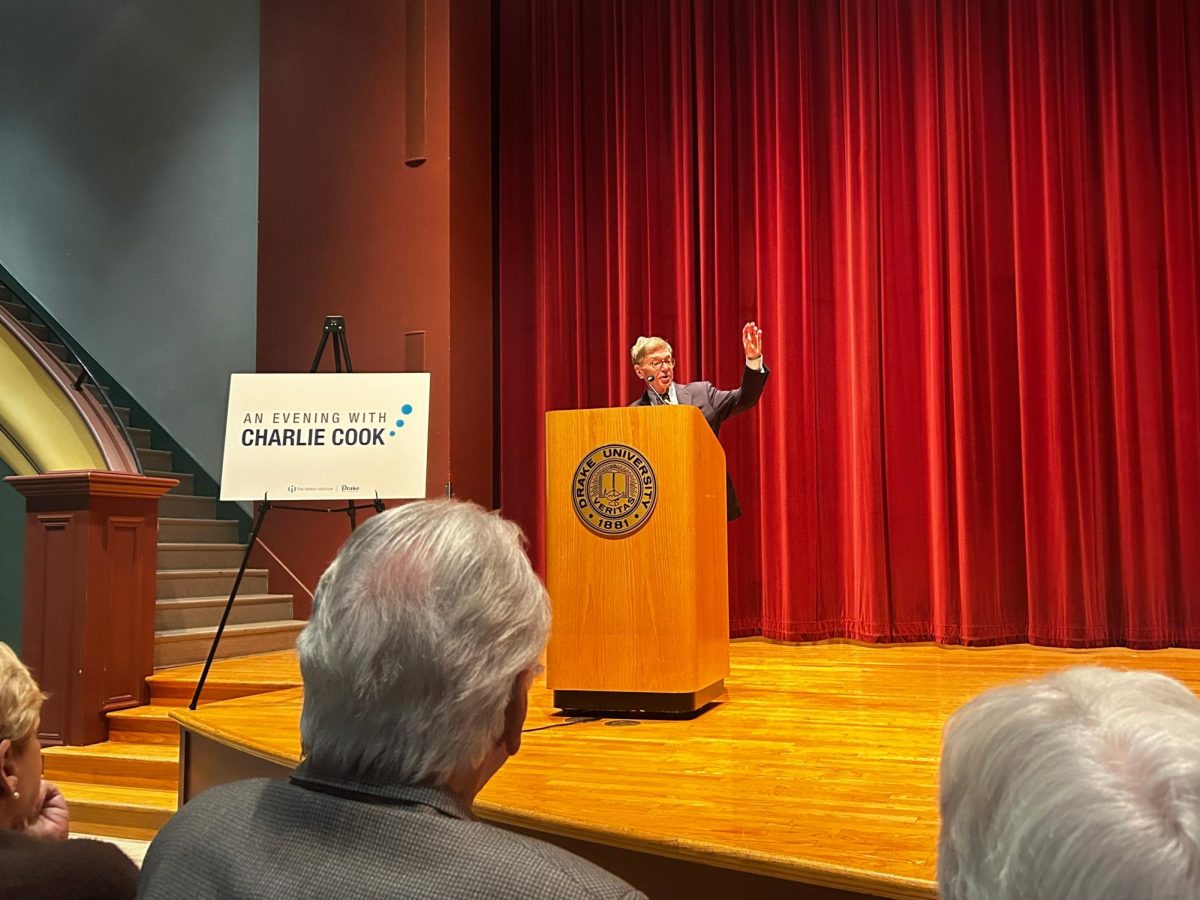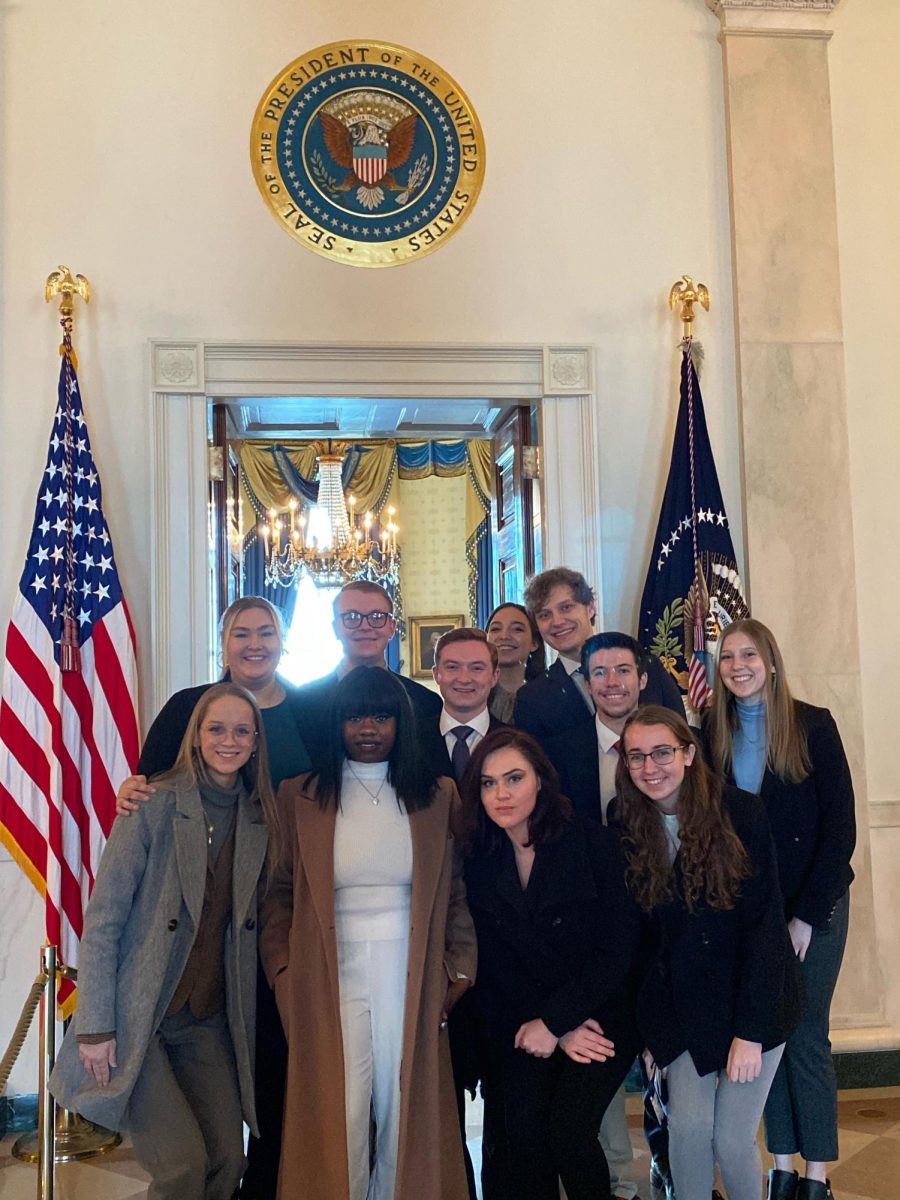Nelson is a senior journalism and education double major with a physics minor and can be contacted at [email protected]
If it hadn’t been for a 200-year-old Bible, a profound love of physics and Drake University, I would never have met a long-lost relative.
The following is that story.
My mother’s sister, Sharon, lives in Des Moines. For years, my aunt has carefully charted her family tree, and has it tracked back for several centuries. Some time ago, Sharon became stumped by a mysterious lack of information about one of her distant relatives, a woman named Sarah, who married a man with the last name of Blaine.
The only clue to Sarah’s ultimate fate lay in the pages of a 200-year-old Bible found in Missouri by a friend of Sharon’s who worked in the historical society. Inside the Bible, Sharon found a log of several marriages that had taken place in her family during the 1800s. One entry recorded Sarah’s marriage, and listed the names of her five children.
…And that was it. Sharon had hit a dead end again, and shelved the mystery for some years. Yet it always remained at the back of her mind: she knew the stories of everyone, but what had happened to Sarah?
Several weeks ago, Sharon had a burst of insight: what if the surname of the man Sarah had been married had been spelled wrong?
Sharon did what any modern genealogist does: she took to the Interwebs. After thinking of all the possible typographical errors, she happened to type in the word “Blair.”
A match came up almost immediately. She found a recording of the marriage to Sarah, along with the five correct names of the children. Sharon was thrilled. Finally, the mystery had been resolved.
During her research, however, she stumbled upon an online query from 2007 from one of the Blair men. He was looking for the exact piece of the puzzle Sharon possessed; he did not know Sarah’s maiden name.
Convinced beyond a shadow of a doubt that she had solved the mystery, Sharon sent an email to the man.
And that’s when she noticed that he had a Des Moines Public School’s email address.
A little more digging revealed that her distant relative from the 18th century lived twenty blocks away from her. The crazy part is that the main branches of the separate families had both diverged, and both Sharon and her relative had happened to end up in Des Moines.
A few days later, my mom called me.
“Have you ever worked at Roosevelt High School in Des Moines?” she asked.
“Actually, yes,” I said. “As part of my education major, I was required to do a 40-hour practicum in a physics classroom at the school. It was a terrific experience in which I was not only observing students, but also practicing my teaching skills for the first time.”
“Did you ever work with a Michael Blair?” she asked me.
“I did!” I said. “He was my mentor teacher, and he was great! Occasionally I’ve gone back and visited him.”
“You’re not going to believe this,” she said.
As it turns out, the mentor teacher I was randomly assigned by Drake’s school of education turned out to be my long-lost fifth cousin. I’ve even used him as a job reference.
I immediately drove over to Roosevelt and went to his classroom. I wasn’t sure how this conversation would go, since my only experience with families revealing hidden relatives was from episodes of “Maury” I used to watch with my freshman year RA.
It went well! By the end of the chat, we were calling each other “Cuz.”
I had to agree with Sharon’s summary of the analysis — it was nothing short of cosmic. The sheer probability that I would end up in Des Moines, studying physics education and be randomly assigned to him as a practicum student? I may like math, but I’m not even going to try to calculate those odds.
I’ve made some personal and professional connections at Drake that have changed my life, but none so wonderfully serendipitous as this one. It gives me the feeling that the world is much smaller than we really think, and all it takes is a bit of curiosity and ambition to reveal all its hidden wonders.

